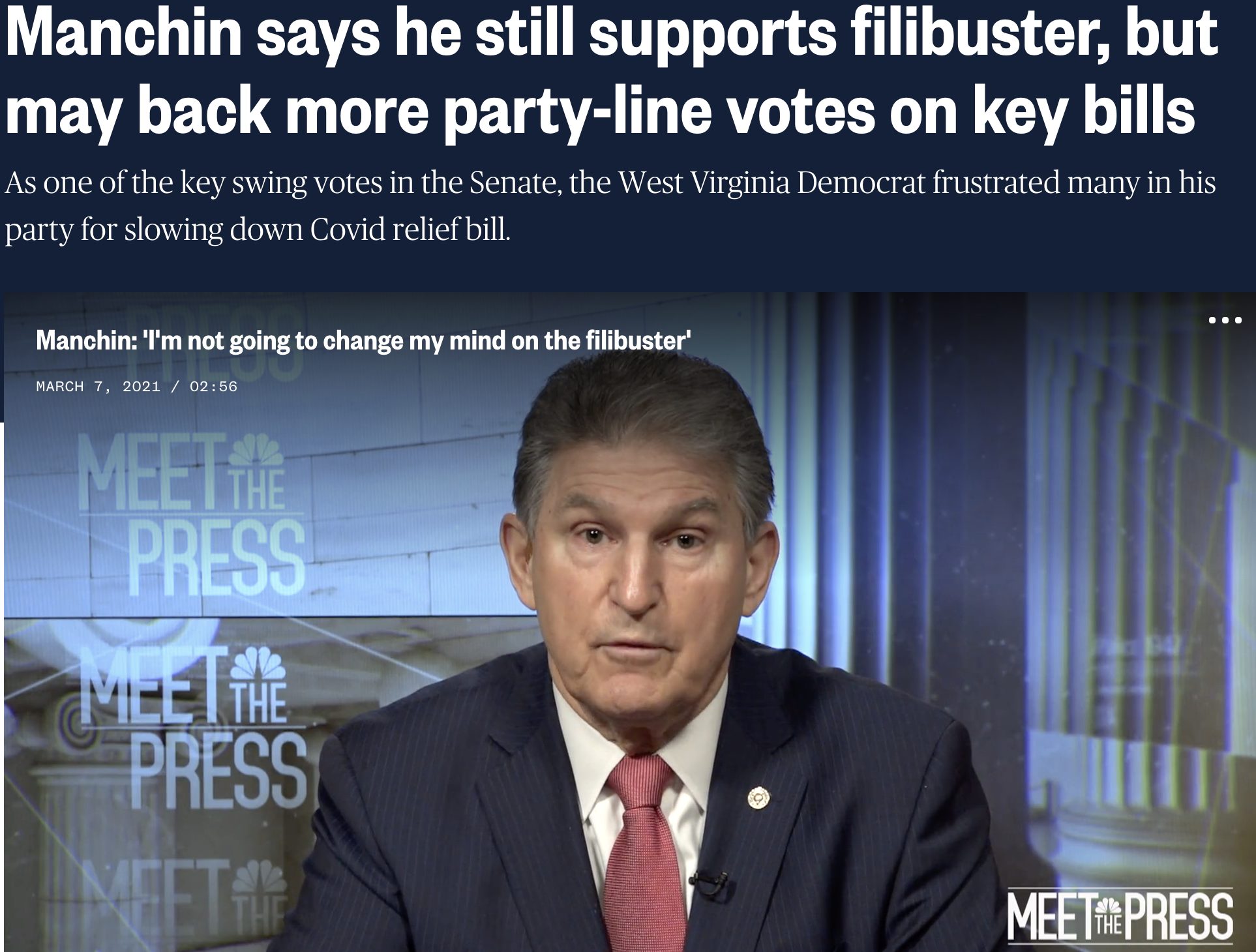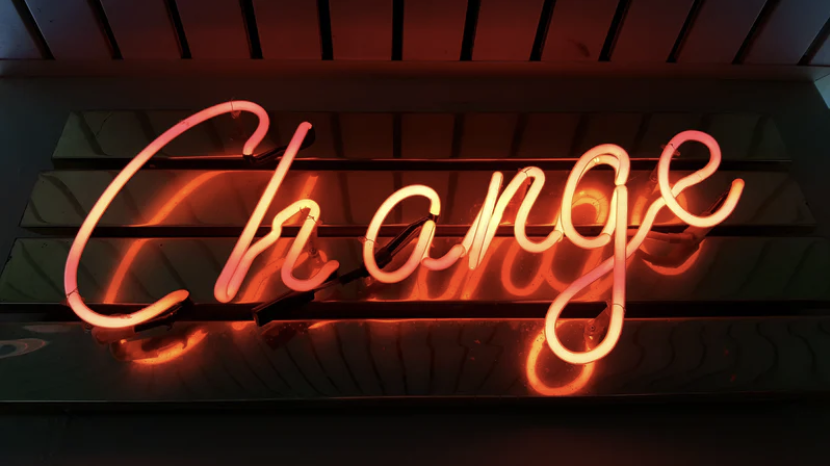Key Takeaway: It is a logical political path, prepare for it now
Where we’ve been
After the passage of the $1.9 trillion stimulus bill, the Biden administration is moving on to the other items on their legislative agenda. As we’ve been writing and speaking over the last 18 months, this is an ambitious list of spending and tax programs to drive Democrats’ agenda. The list includes the environment ($1.7T), infrastructure ($1.3T), healthcare ($650B) and affordable housing ($640B).
While Democrats have a unified government with the House, the Senate and the presidency, they have a very narrow majority in Congress. Worse, the Senate Republicans can block any non-budget related items not subject to reconciliation. This is how the $1.9T stimulus bill was passed without any Republican support.
To pass the other items on their agenda, Democrats will have to do one of two things. They can compromise with Senate Republicans on their bills. This is unlikely given the progressive nature of the bills (voting rights and gun control)already passed by the House. Or Democrats can vote to end the 60-vote filibuster rule.
As a reminder, the current filibuster rule is not part of the constitution as it is merely a rule agreed upon in the Senate in 1975. It requires 60 votes to cut-off or end debate on any bill before it can be brought to the floor for a vote. Under today’s rule, debate won’t even take place unless the majority party already has enough votes to override the filibuster. When a bill actually reaches the floor, then a simple majority can pass the bill. The major exception to this rule currently is for SCOTUS and judge nominees.
This process began with the “nuclear option” that then Senate Majority Leader Harry Reid brought about to break the Republican opposition to get President Obama’s judicial nominees and presidential appointments through and into office. Then in 2017, Republican Majority Leader Mitch McConnell extended the rule change to apply to nominees to the Supreme Court. This allowed President Trump to push through 3 conservative SCOTUS nominees and over 180 judges.

Where we are
Over the last 3 weeks, we’ve seen this topic heat up with the temperature turned up significantly after the stim bill passed. Given the slimmest of Democratic margins in the Senate (50/50 with VP Harris breaking the tie), every Democrat senator must be onboard to pass the change in the filibuster rule. The two Democrat senators who appear to hold the key to changing the rule are Joe Manchin (D, WV) and Kyrsten Sinema (D, AZ). They have both stated they are against changing the rule.
But political pressure is mounting. During an interview on NBC, Sen. Manchin stated he was open to reforming the filibuster to force the minority to “Jimmy Stewart” and physically stand/talk to block legislation. Manchin quickly walked this back later, but the political door was opened.
The rubber meets the road on the filibuster as Democrats attempt to pass legislation. The litmus test on changing the rule will be on infrastructure. It’s well known and agreed upon by the sides of the political aisle that the United States is woefully behind in upgrading the nation’s roads, bridges and tunnels. Should Republicans filibuster an infrastructure deal, this will provide the needed political cover for Democrats to change the rule. It will also bring to bear extraordinary pressure on Manchin and Sinema to change their votes.
If Democrats can thread the needle on changing the filibuster for only infrastructure, then it will get done. If they attempt to make it for all Senate business, then it won’t. Why? Manchin is from West Virginia, a major coal producing state. If the Senate fully removes the filibuster, then there will be an environmental bill brought forward that will dramatically increase the cost of coal production and usage for power generation. Manchin would likely lose the next election because of his vote.

Where we’re going
There is literally no time to waste for Democrats to move on this issue and it’s the most logical path for them to follow. Biden is still in his honeymoon 1st 100 days and has momentum from the passing of the stimulus bill. If Democrats want to accomplish anything else, and I do mean anything legislatively, they must pursue this change. It is very likely they will lose the House in 2022 given the outperformance of Republican candidates in 2020.
To hammer home this point for voters, investors and business, this rule change will be the largest political change in this century and maybe of our lifetimes. It will lead to a shift in how the nation’s business is done.
There is upside and downside to the change. The upside is that a unified government can enact change they are elected to do. The downside is that this change can be extreme from one administration to the next and whipsaw businesses leading to reduced capital investments and job creation.
Change is always occurring in politics, but not of this magnitude.
Prepare for it now or risk losing out on the opportunities and avoiding the obstacles it will create.


